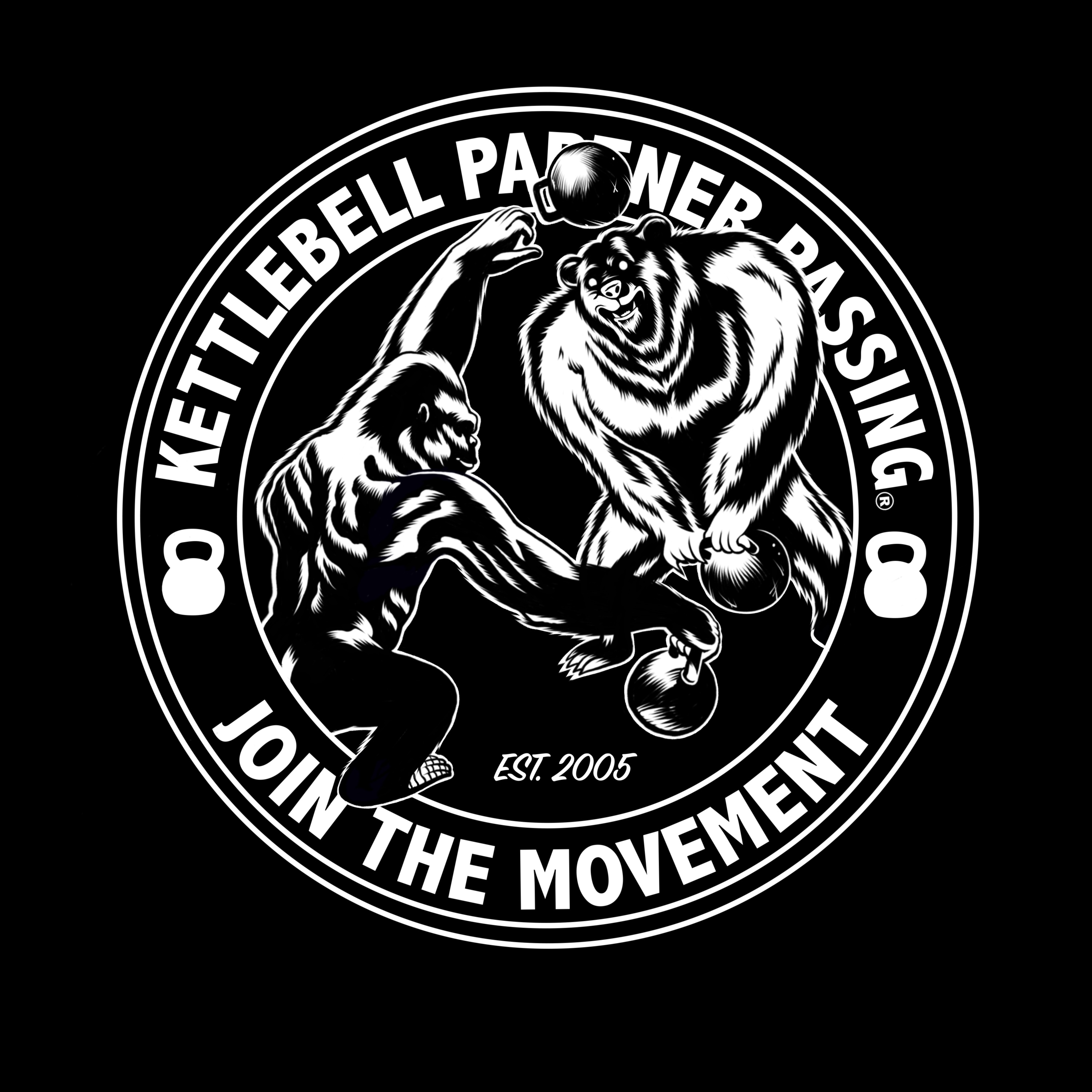4 Tips to Get More from Kettlebell Training
- Kettlebell Partner Passing

- Mar 26, 2021
- 4 min read
Updated: Apr 6, 2022

Anytime you read about kettlebell training, you’ll hear about how amazingly effective it is. Indeed, the benefits of kettlebells are many: strength, conditioning, balance, coordination, power, fat loss, muscle gain, efficiency... and the list goes on. While we wholeheartedly agree with the magical effects of kettlebells, here are 4 ways to get even more from lifting kettlebells (yup, you better believe it!).
4 Tips to Get More from Kettlebell Training

1. Use tempo to up the challenge. Change the tempo of a movement to increase or decrease the difficulty of an exercise. Slowing down solidifies strength through the full range of motion and increases time under tension, which is an effective way to make your muscles work harder without needing to increase the weight lifted. Moving slowly enhances body awareness, coordination, and mobility. Take at least 5-10 seconds per repetition and see how much more challenging a set of 10 can be!
Ideally, the majority of training time is spent using a slow tempo, which sets you up to practice more dynamic, explosive movements on the faster end of the training tempo continuum. Using a slow tempo builds a foundation of joint, tendon, ligament, and muscle strength so that when you do begin to move more rapidly, your body is well-prepared to handle the forces that are generated with speed. As you mature in your training, you will find the appropriate balance of slow and fast tempo work to suit your needs.
It is important to remember that slow tempo training should be revisited often to reinforce strength through full ranges of motion, especially as you advance down the training tempo continum towards faster, more explosive training.
2. Build mind muscle connection. Learn to consciously contract and relax
your muscles to improve control when lifting kettlebells and increase your contractile ability (i.e. get stronger). Contracting and relaxing muscles is good practice during your workout too. After a set of an exercise, contract the muscles you were just working. Then during your next set, see if you can make the muscles that are working contract even harder! Practice is important, so feel free to contract your muscles outside of your training sessions as well. Using a mirror for visual feedback can be helpful.

Another effective way to learn to contract is to do isometric holds so you can feel the muscles get tighter. With enough practice, this will lead to the ability to contract the muscles without a stimulus. Practice contracting at different ranges of motion, and finally, learn to contract while moving throughout the entire range of motion (with and without weight). Training your mind and body to contract and relax muscles at will in many ways and under varying conditions will help you understand how to better utilize your muscles.

3. Control the descent. Activate your muscles when lowering down on the eccentric portion of a movement, rather than dropping quickly or yielding to gravity. Doing so will activate your muscles to stabilize your body, which allows the nervous system to perceive a greater level of safety. When your nervous system feels safe throughout a range of motion, strength and mobility improve.
If you’ve built your mind muscle connection and learned to consciously contract your muscles, controlling the descent will be easier to do. For example, if you’ve practiced contracting your leg and core muscles, you’ll have an easier time activating your hip flexors and psoas muscles when lowering down into a squat. Furthermore, activating muscles on the descent will help you maintain tension, engage, and contract more effectively as you push back up through the sticking point of the squat.

4. Vary stance width. Pay attention to the difference in what muscles are engaged when you change your stance for an exercise. Notice what muscles are emphasized and how your balance is affected. Explore the widths that work well for your body and note which ones are less ideal, so you can adjust your stance to suit your needs during training. Three stance widths that are great to practice are narrow (feet together), medium (feet hip width apart), and wide (feet wider than hip width). We are taught there are one or two “correct" stances to use for an exercise, such as a squat or a deadlift, when the truth is there are many different stances that can work for any given exercise. Every person has different biomechanical proportions and it’s important to determine what stance is best for you. What may be a perfect textbook stance according to popular opinion may be great for some people, and dangerous for others. Learning what’s best for your body -- rather than what is deemed “correct” by popular opinion -- is an extremely valuable gift to give yourself.
To get even more from kettlebell training, download the free Kettlebell Basics for Beginners ebook and sign up for the 4-week Kettlebell Basics online program.
The Kettlebell Basics for Beginners Program includes:
Three workouts per week utilizing six basic kettlebell exercises
Two active recovery routines per week
Daily survey to track your progress
Access to private group
Accountability from the KPP app
Sign up and start your program today!



Comments